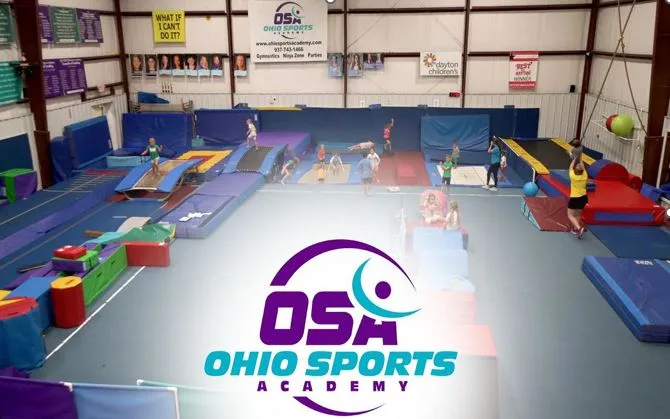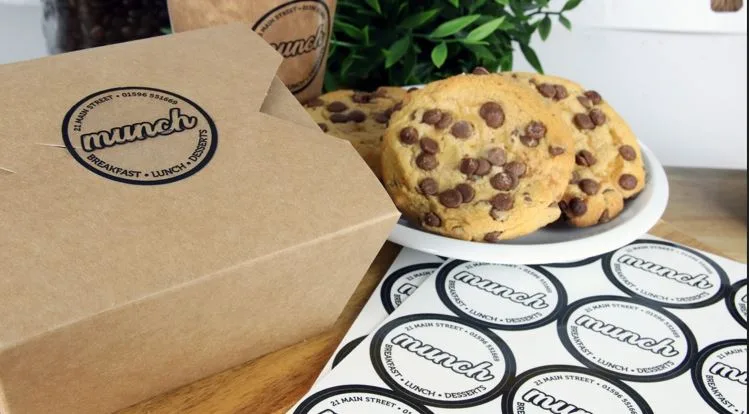Unlock Higher Conversions Automated SMS Strategies
The short format of an SMS campaign is an effective way to easily present a well-understood offer and reminders to mobile users, allowing brands to be more distinct in congested inboxes. The cluttered messages usually tend to conceal important information in volumes of texts that fail to capture the attention of the readers. A focused, brief text drives recipients to notice and act on the offer without extra effort. Fast delivery through reliable networks ensures the message lands in the primary inbox, staying visible amid constant notifications. Streamlined messages cut through noise and guide recipients toward the desired action. Simple setup and precise targeting bring each campaign closer to unlocking higher conversion rates by keeping communication direct and engaging.
Personalized Message Timing
Personalized timing aligns each SMS with moments when recipients feel most open to engaging. Campaign schedules based on response data send messages at intervals that match recipient activity patterns. Messages sent at preferred times land when readers check their phones and respond quickly. Historical response tracking refines send windows and reduces the chances of messages getting buried in conversation threads. Adjusting to the habits of the audience, so that they do not receive too many messages at the same time and can pay constant attention to them is important. Predictable rhythm teaches readers to anticipate the update at scheduled intervals. Timing that respects daily routines boosts open rates and guides more interactions through well-timed prompts.
Clear Call Prompts
Clear call prompts within each SMS drive recipients toward the intended action without confusion. A concise instruction such as “Reply YES to claim offer” or “Click the link for details” sets a single focus that avoids extra steps. Strong action words like “claim,” “save,” and “join” create urgency while keeping the message simple. Simple URLs that navigate to page types that are mobile-friendly lower friction and prompt instant action. Plain text formatting makes it possible to see prompts on any device and any screen properly. Eventual consistency of wording between campaigns improves familiarity and accelerates the reaction time of the reader. Properly designed prompts can bring interest to action as they will lead every recipient down a straight and narrow road.
Content Relevance Improvement
Enhancement in content relevance focuses on message transmission in line with the interests and previous behavior of the recipients. The segmentation of audiences in campaigns is based on some past interaction, history of purchase, or stated preferences. Customized offers regarding the products or services that resonate with those interests are much more attractive. Messages that address specific needs or highlight recent choices feel more valuable than generic blasts. Using simple language and direct references to past actions reinforces relevance and builds trust in each SMS. Personal details like product names or locations increase perceived value without adding complexity. Timely and meaningful messages increase the rate of click-through as well as subsequent interaction because there is a purpose behind the communication.
Audience Segmentation Precision
The accuracy of audience segmentation can segment subscriber lists into finely tuned groups on highly specific criteria such as purchase rates, geographical area or activity rates. Each segment receives messages that speak directly to its unique interests and needs. Segments with high activity receive loyalty offers to reward engagement, while newer subscribers get introductory messages that outline key benefits. Relevant messages to location-based segments contain alerts regarding local events or store openings that are immediate. Demographic separation enables age related words and tone to advantage everyone. This is done through accurate segmentation to avoid the annoyance of messages being irrelevant and to make every customer list receptive. This specific approach simplifies communication and helps to generate better conversion rates as the offers are adjusted to the audience profiles.
Automated Follow-Up Sequences
The automated follow-ups also assist in the continuity after the initial contact is made and nurture the recipients down the conversion funnel. An automated text message service enables the installation of triggers that remind consumers who checked, clicked through, have not fulfilled the intended action. The follow-up messages support the initial offer with minimal differences in verbiage or other incentives. Regulated sending periods can ensure the users are not overloaded with messages and the brand remains on the radar screen. Programmed sequences could vary depending on the response patterns, and they could send less or more texts depending on the level of engagement. Regular follow-up prevents any interested recipient from falling by the wayside and maximizes the likelihood of eventual conversion through continuing communication.
Conclusion
An automated SMS plan can open the doors of increased gains as specific timing and clear indications, relevant material, targeted segmentation, and follow-up logic remain essential. Each element streamlines communication and keeps messages focused on driving action. Personalized schedules respect reader routines and boost open rates. Direct call prompts guide recipients through simple steps toward conversion. Relevant content and precise segments ensure each message adds value. Automated follow-ups keep the interest intact and seal the gap on prospective leads. Combinations of this kind create an effective SMS campaign promising good returns and increases in conversion rates.





